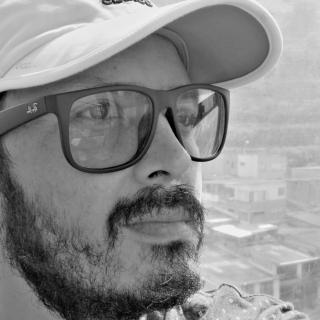
Study reveals low Latino representation among U.S. physicians
The analysis also points to an overrepresentation of this community among health assistants.
According to a report published in the journal Health Affairs, Latinos, especially Mexican Americans, continue to be underrepresented in the U.S. medical workforce.
The analysis found that Latino and Hispanic groups are underrepresented in medical professions that require advanced degrees and overrepresented in similar professions that do not require a bachelor's degree or higher.
The authors noted in a statement:
Except for Cuban Americans, Latino representation in the health diagnosing and treating professions was well below their representation in the U.S. population as of 2020.
About the Study
The research showed increases in the representation of Latinos in the health care professions over time, but the authors point out that, overall, the numbers are small compared to the increase in their population.
The researchers analyzed data from the 2020 American Community Survey, which included demographic information collected by the Census Bureau during annual surveys between 2016 and 2020.
The representation of non-Latinos was compared with Mexican Americans, Puerto Ricans, Cuban Americans, and a category of “Other Latinos,” including Latin Americans, Dominicans, and Spaniards, in 15 health occupations.
Key Findings
These are some of the results presented in the study on Latinos in higher medical careers:
RELATED CONTENT
- During the survey period, Mexican Americans made up 10.7% of the US workforce, but only 1.77% of US physicians.
- Puerto Ricans were 1.6% of the workforce, but 1.13% of physicians
- Cuban-Americans represented 0.8% of the workforce but 0.95% of physicians. Despite being 4.8% of the workforce, Latinos in the “Other” category represented only 2.98% of physicians.
Those disparities in the medical professions with degrees remained relatively constant, with the exception of Cuban-Americans, whose share of the medical and dental workforce exceeded their total share of the U.S. workforce.
In their @Health_Affairs paper, Indira Islas from @CHCI and coauthors compare the representation of the four largest Latino subpopulation groups in the health workforce with that group’s representation in the US workforce, using 2016–20 data. https://t.co/KTHl0mEN7G pic.twitter.com/tjiByEBejg
— Health Affairs (@Health_Affairs) July 26, 2023
Medical Support Careers
These are the results for the personal care and medical support professions that required less than a bachelor's degree:
- Mexican Americans outnumbered their labor force participation as medical assistants (17.85%), dental assistants (16.58%), phlebotomists (10.92%), and home health aides (13.61%).
- Other Latinos made up 9.97% of all personal care attendants, despite representing less than 5% of the workforce.
“Underrepresentation among Latino health-care workers is a concern because data suggests racially and ethnically diverse and culturally competent medical providers can help reduce health-care disparities among minority populations,” highlights the study.
For its part, the analysis found that minority patients with providers who share their race, ethnicity or language report receiving better care than when they see providers of different racial or linguistic groups.
Although the authors did not pinpoint the precise reasons for these disparities, in their work they suggest that everything, from structural racism to language barriers, to financial aid, can play a key role.
They also call for more attempts to diversify the health care workforce and support Latinos in higher education and medicine.










LEAVE A COMMENT: